Colourist Paul Ensby from Picture Shop talks about his roots in a family of colourists, starting in film, working on early DI project ‘Kingdom of Heaven’, documentaries, TV and myriad features.
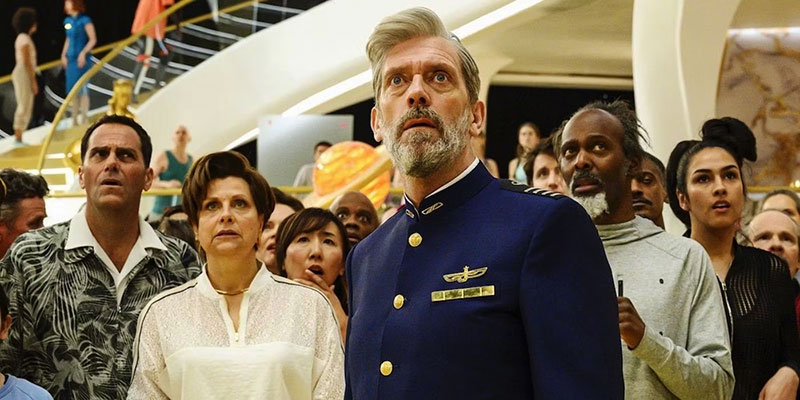
Avenue 5
Throughout Paul Ensby’s 30 year career as a colourist, now working at Picture Shop, his talent, hard work and good fortune have pushed opportunities his way to work on a long list of high-profile feature films, TV series and documentaries. But in fact, Paul comes from a line of colourists. “My grandfather and father worked at the Technicolor film laboratory, so it is certainly in my blood,” he said.
Paul has worked several times with documentary filmmaker Asif Kapadia to grade critical sequences in ‘Senna’, ‘Amy’ and ‘Diego Maradona’. A critical career moment was an early experience with digital intermediate on Ridley Scott’s film ‘Kingdom of Heaven’, shot by John Mathieson. Most recently, Paul finished ‘Avenue 5’ for HBO, written and directed by Armando Iannucci, and ‘Nolly’, directed by Peter Hoar and written by Russell T. Davies.
Paul combines his creative expertise and subtle understanding of colour and detail with a calm nature, which naturally draws his clients back to work with him again. At Technicolor, Paul’s father was a colourist on 16mm TV projects, and then became a lab contact liaison for Warner Bros. Paul started in 1990 in the printing department, shortly before a role opened at Technicolor for a trainee 35mm feature timer.

Nocturnal Animals
“Although young, I was a bit of a ‘lifer’ in their eyes due to the family connections, so I was given the role. After a couple of years of internal training, I was set loose on the filmmakers of the world and then, once I’d completed three features, I was elevated to the role of senior feature timer.”
Digital Emergence
He described film grading as a very different process to what it has become today. It was primitive, but of equal importance to the filmmakers as it is now. “It was a bit of a dark art – all done by eye,” he remembered. “But I still use a lot of those practices today.”
Digital grading was just emerging at that time, around the turn of the century, and was a mixture of developments in the telecine and VFX worlds. Back then, various shots would be scanned in VFX and, on completion, would be graded and dropped back into the conform. “But then someone had the clever idea of scanning the whole film and doing all of the post work that way – and this became the ‘digital intermediate’, as they called it then,” Paul said.
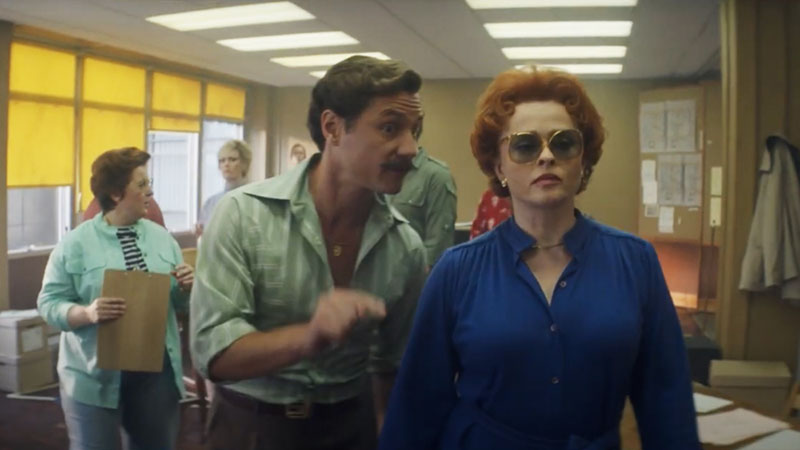
Nolly
“I was young and foolish enough to put my hand up and say ‘I’ll have a go’. Technicolor was early to it, as they had their own department to follow in the States, which helped make the transition. So, without knowing exactly how, I was one of the forerunners of grading digitally in the UK, exclusively for feature films at that stage. Back then, of course, it was slower and processing power was churning away a frame at a time.
Colour Everywhere
Paul believes viewers are far more aware of colour now than they used to be – especially with modern social platforms like Instagram where they can edit photos and adjust and apply colour themselves. Earlier on, when people took photos, the rolls of film went off to be processed and came back unedited for everyone to see what had been captured.

Colourist Payl Ensby, Picture Shop
“Our role today is to help tell the story and frame the eye to parts of the image,” he said. “This is very important to the director, as they don’t want the audience looking at a plant in the corner of the shot that is too bright or too green, for example.
“Generally, the use of colour has evolved and become more upfront. People are certainly more aware of it and look out for it more. Nevertheless, effectively, our work should never stand out on its own – unless, of course, it’s meant to.”
More than a Colourist
The documentaries Paul has been involved in are more archival based, which means they don’t have a DoP. His role becomes more than just a colourist, which he likes because it makes him feel more part of the process and highly valued.
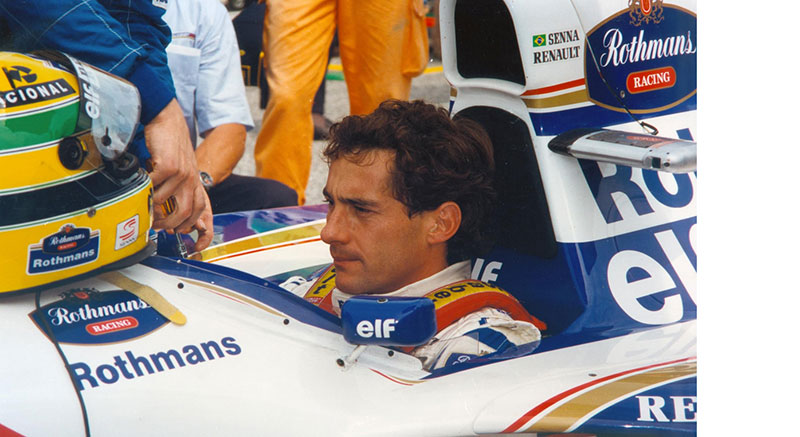
Senna
“I love working with Asif Kapadia. I regard him as a friend now, more than a client. I was lucky enough to work with him on his first few projects, which won BAFTAs and Oscars. I was actually in the USA when they won the Oscar, and went along to the after party, which was a huge highlight for me.”
Their relationship began one day when Asif came into the grading, almost unannounced, bringing a test sequence of a motor racing project called ‘Senna’. At the time, Paul didn’t even know if it was a film or a TV show, as very little information was available. It turned out to be quite unique, comprised entirely of archive footage. The film became a project devoted to making 1980s archive footage look like a feature film.
“We spent time bouncing ideas around, talking about how we could achieve their goals, how we could re-frame it, and the best way to realise their vision,” Paul said. “We quickly learned that Asif likes to be totally flexible, even at the last stage of the process, so everything is always live. Normally, a film is cut, conformed and titles are set out where they should be, but here we kept it all live. If we wanted to drop or move a title, or change the wording, we could do that live in the grading suite. Working this way means it becomes more than just a grading exercise and more of a finishing bay – everything is up for grabs.
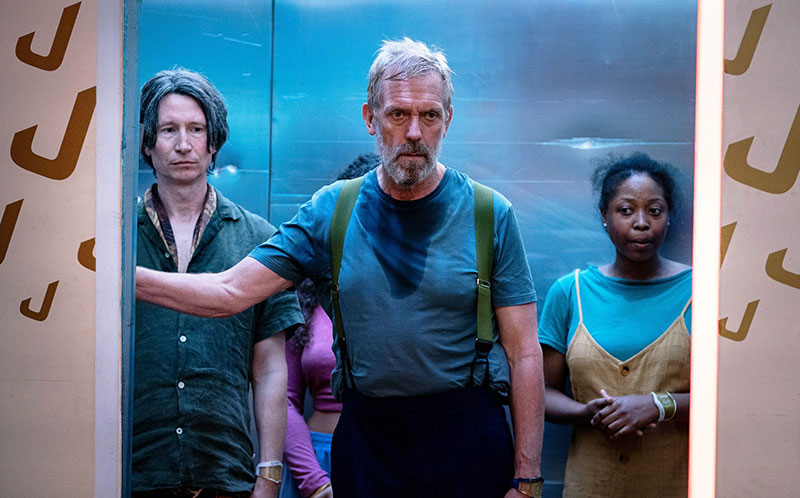
Avenue 5
“When you’re doing this with someone, and you have their complete trust, you quickly build a relationship. I feel very much like I’m part of Asif’s team now. He involves me in so many things and meetings that I would not normally get involved in. He really listens to and values my opinion. It’s nice to be so involved and heard.”
Asif was also very keen on small things like putting Paul’s name high-up on the credits, or on the poster, even – almost unheard of for a colourist!
Tuning in to TV
Historically, Paul developed his skill and ‘grew up’ on feature films. Even 10 or 15 years ago, he was spending a large majority of his time on movies. But, owing to Netflix and the other emerging streamers, his work now leans more heavily toward episodics and TV series. “Every genre has its own challenges,” he noted. “They are all equally enjoyable for me – I don’t really have a preference for one or the other.
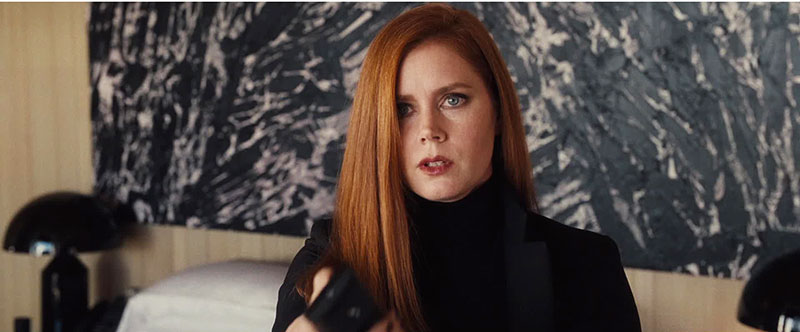
Nocturnal Animals
Paul’s work on the episodic series Nocturnal Animals in 2016 brought him in close contact with another unusual director, fashion designer Tom Ford. Because the DoP wasn’t available very often after the shoot, Tom’s influence prevailed. Paul said, “He had a particular colour palette that we stuck to. He and the production had done a lot of work in prep, on-set and in costume and knew the direction they were looking for.
“Tom was there for every frame. He is a very visual person and knows exactly what he wants. For me, it was about manipulating in a very small way. From my perspective, I much prefer this than the opposite, as it can be hard to get inside people’s heads and translate what they’re looking for – especially when they don’t know it themselves.”
Almost Heaven
Kingdom of Heaven was the first digital intermediate Paul worked on at Technicolor, which is now part of Picture Shop. “It was a big, epic project for me to be involved in. I remember my boss asking me, ‘are you interested in doing this?’. Obviously I was, but I was also totally petrified as it was really important that it went well,” said Paul.
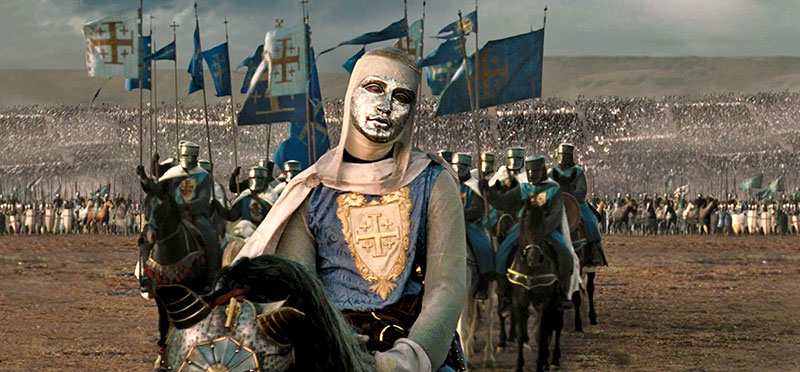
Kingdom of Heavan
“I had worked with Ridley Scott in the film days, as a 24-year-old, so I had a slight link there. But working with him in front of all this new technology was a very different challenge, so I kept it very simple and stayed very close to my film roots. I think that approach worked well, as it ended up looking really nice.
“Working with Ridley was great. He has a great eye – a DoP’s eye, really. Some directors are about the acting or performances, but he is about the whole image. He might spot something in the corner of the frame, for example, or something else that I hadn’t seen. It’s like having two DoPs in the room when he’s there. He doesn’t miss anything.”
In the Suite
Picture Shop has several FilmLight Baselight systems operating in its facility. Paul has been grading exclusively on Baselight for the past three years and hasn’t looked back. “I’m very much enjoying working with Baselight – it does everything I need it to do,” he said. “There’s lots of little tricks and things that I like about it.
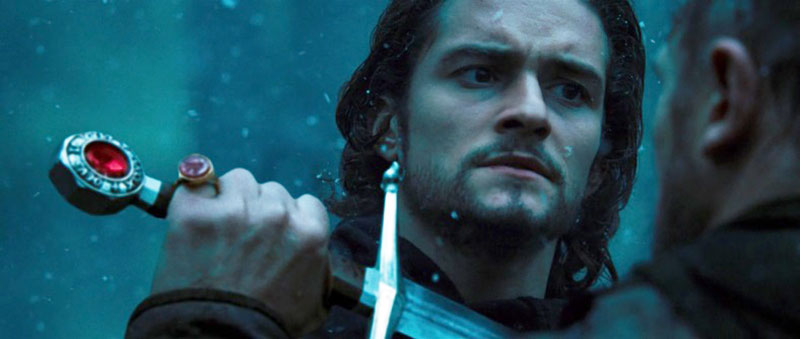
Kingdom of Heaven
“The in-house grain tool, for example, is one of them. Many people shoot digitally now but want their projects to look like film. So I’ll intuitively roll off the highlights, using Base Grade to isolate so I can just roll them off the top to make it look ‘filmic’. Because I’m used to looking at film, I naturally lean towards this look myself. I’ll ‘dirty up’ the image, create less ‘whitey’ whites at the top end, apply a grade, possibly a bit of vignetting, and suddenly it starts to take shape. Baselight has all these tools available and they work perfectly for me.”
Paul is currently finishing two series for ITV – ‘Three Little Birds’ and ‘Archie’ – which will air later in 2023. He has also graded an independent feature ‘The End We Start From’ and a feature documentary titled ‘We Dare to Dream’, directed by Waad Al Kateab. www.filmlight.ltd.uk



